Biden sets June deadline for $42 billion broadband funding outline
The announced deadline come prior to a much-awaited update to the FCC's US broadband map, giving a clearer image of the internet challenges facing the nation
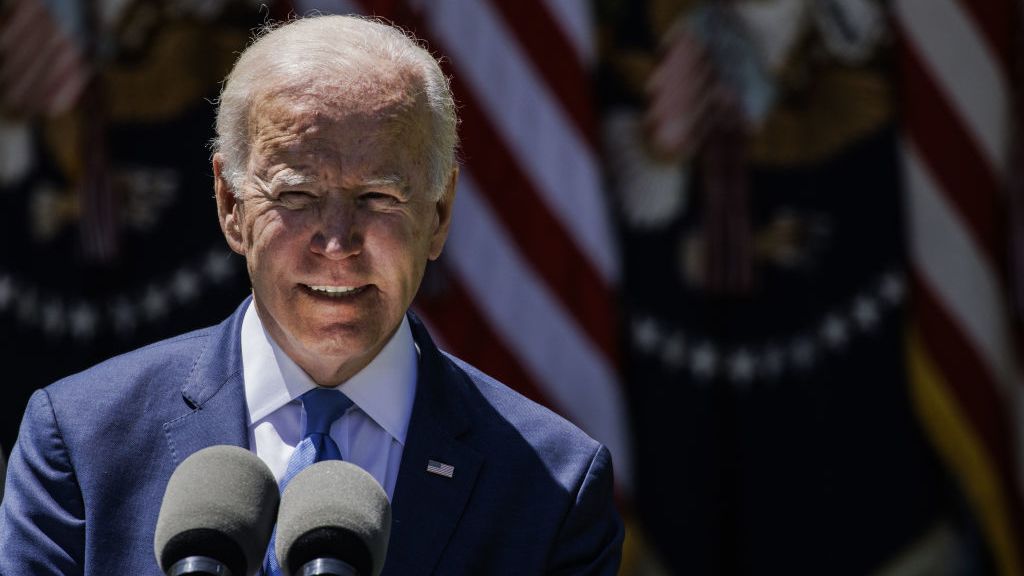

The US government is set to outline its plans for providing over $42 billion of broadband infrastructure grants to states and territories, in an effort to provide high-speed internet access nationwide.
President Joe Biden’s administration has said that by June 30, it will lay out its strategy for allocating the $42.45 billion in funds provided through its Broadband Equity, Access, and Deployment (BEAD) Program.
This is encompassed within the 2021 Infrastructure Investment and Jobs Act (Bipartisan Infrastructure Bill), which provided $1.2 trillion in spending across a range of areas such as transportation, highways, broadband, water and the electric grid.
The BEAD Program is specifically focused on ensuring that high-speed internet is installed in “unserved locations”, defined as those that fail to meet the FCC’s benchmark speeds for internet to be known as ‘broadband’ (25/3 Mbits/sec).
Additionally, the program will seek to boost speeds in “underserved” areas, those without access to speeds of 100Mbits/sec down and 20Mbits/sec up, the proposed figure for the FCC’s new minimum broadband speeds.
The landscape of broadband access in the United States is complex, and beset with inaccurate measurements. Current distribution guidelines, led by the Commerce Department's National Telecommunications and Information Administration (NTIA) agency, are currently based on the FCC’s Form 477, last meaningfully updated in 2019. However, a draft of the FCC’s new map, based on data collected between 30 June and 1 September 2022, will be released on 18 November.
Since its release, the Form 477 map has been subject to criticism, most notably for its considering a census block as ‘covered’ with broadband if even one respondent within the block reported that they had access.
Get the ITPro daily newsletter
Sign up today and you will receive a free copy of our Future Focus 2025 report - the leading guidance on AI, cybersecurity and other IT challenges as per 700+ senior executives
The new draft seeks to combat these oversights by allowing individuals to challenge the published results, if they are inaccurate reflections of available internet services in selected areas. State and tribal governments will also be able to make challenges on behalf of bulk communities, and in November 2021 commerce secretary Gina Raimondo called for states to "show us a plan that guarantees every single person in your state has access to high-speed affordable internet."
In the FCC’s Fourteenth Broadband Deployment Report, released in January 2021, the agency noted that “fewer than 14.5 million Americans” lacked access to its benchmark broadband speeds. Although this represents a 20% increase in access since the end of 2019, it clearly illustrates the gap separating many millions of citizens from basic broadband speeds.
Data released by Microsoft in 2021 suggests that a far larger figure — as high as 120.4 million people in the US — do not use the internet at broadband speeds. Noting the basic infrastructure still lacking in some communities, some have criticised the FCC’s move to increase its minimum benchmarks for broadband.
“Today, more than 42 million people in our country — 42 million people — do not have access to high-speed Internet,” said Kamala Harris, vice president of the United States in a February address.
“Half of all the people who do not have high-speed Internet say it is because the monthly cost is too high. Well, the President and I know that the cost of living has gone up, and we are working hard to help working families pay their bills.”
In all, the Bipartisan Infrastructure Bill included $65 billion for improving American internet access. This includes other projects such as the Affordable Connectivity Program (ACP), administered by FCC, which comprises $14.2 billion earmarked for providing low-income households with discounted broadband services. For those eligible, this is available in the form of vouchers to lower internet bills by $30 per month, or $75 per month on tribal lands, as well as through one-time $100 discount on the purchase of a laptop, desktop or tablet.
RELATED RESOURCE

The COO's pocket guide to enterprise-wide intelligent automation
Automating more cross-enterprise and expert work for a better value stream for customers
14 million households are believed to have signed up to the ACP to date, and companies directly involved with the program include internet service providers (ISPs) such as AT&T, Comcast, and Verizon.
Satellite connectivity providers such as DISH and SpaceX’s Starlink have sought to provide broadband to underserved rural customers across the United States, by way of connection with its low-Earth orbit (LEO) satellite constellation. In July, the FCC gave SpaceX approval to provide Wi-Fi to moving vehicles, including large trucks, planes, and ships, and the potential for satellite broadband to boost rural business is strong.
Despite this, satellite broadband in its current state lacks the maturity and network load to cater to every unserved or underserved American, and the government continues to play a major role in ensuring that ISPs deliver the speeds they promise, and expand networks wherever possible.

Rory Bathgate is Features and Multimedia Editor at ITPro, overseeing all in-depth content and case studies. He can also be found co-hosting the ITPro Podcast with Jane McCallion, swapping a keyboard for a microphone to discuss the latest learnings with thought leaders from across the tech sector.
In his free time, Rory enjoys photography, video editing, and good science fiction. After graduating from the University of Kent with a BA in English and American Literature, Rory undertook an MA in Eighteenth-Century Studies at King’s College London. He joined ITPro in 2022 as a graduate, following four years in student journalism. You can contact Rory at rory.bathgate@futurenet.com or on LinkedIn.
-
 Should AI PCs be part of your next hardware refresh?
Should AI PCs be part of your next hardware refresh?AI PCs are fast becoming a business staple and a surefire way to future-proof your business
By Bobby Hellard
-
 Westcon-Comstor and Vectra AI launch brace of new channel initiatives
Westcon-Comstor and Vectra AI launch brace of new channel initiativesNews Westcon-Comstor and Vectra AI have announced the launch of two new channel growth initiatives focused on the managed security service provider (MSSP) space and AWS Marketplace.
By Daniel Todd
-
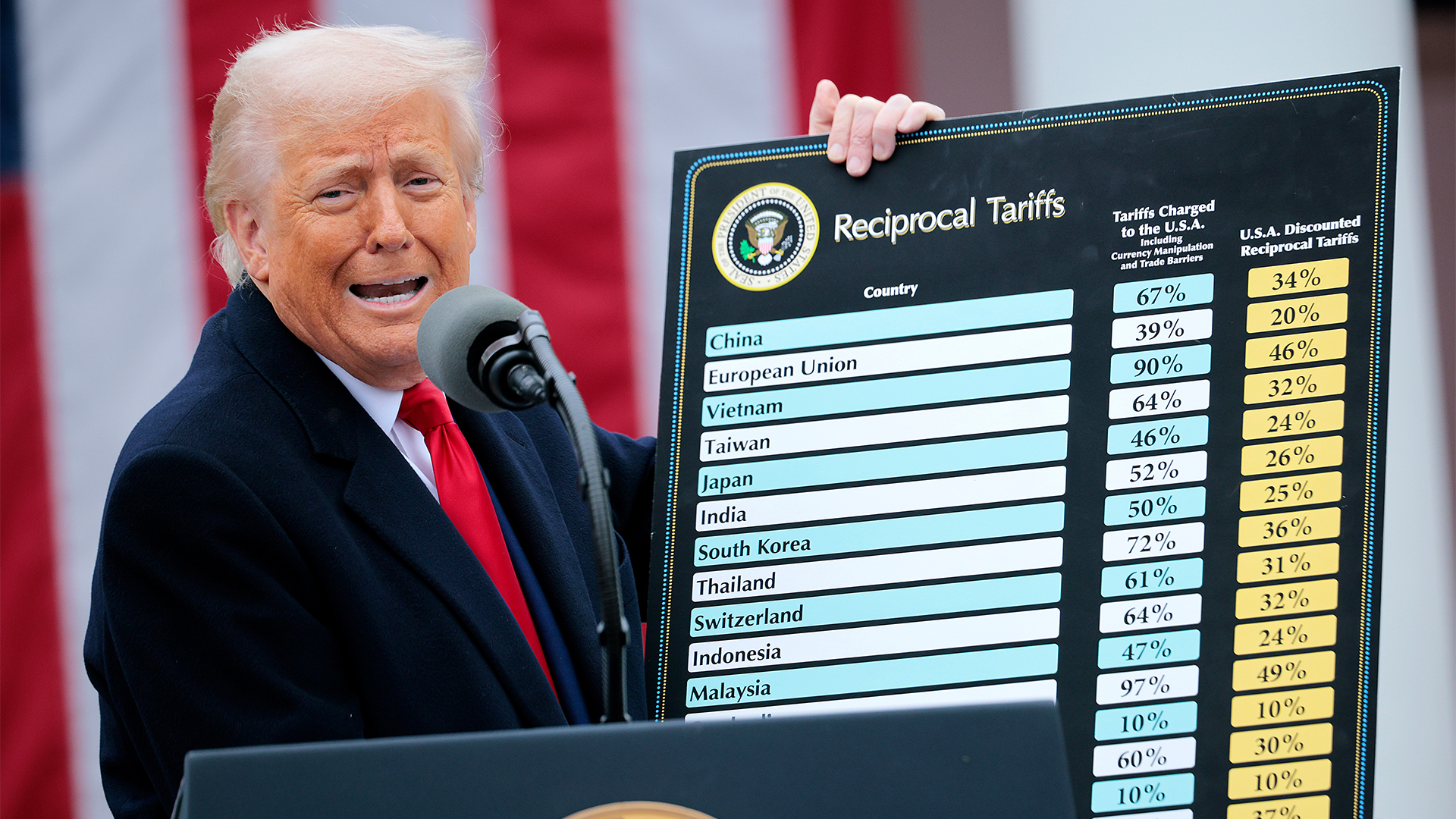 IDC warns US tariffs will impact tech sector spending
IDC warns US tariffs will impact tech sector spendingNews IDC has warned that the US government's sweeping tariffs could cut global IT spending in half over the next six months.
By Bobby Hellard
-
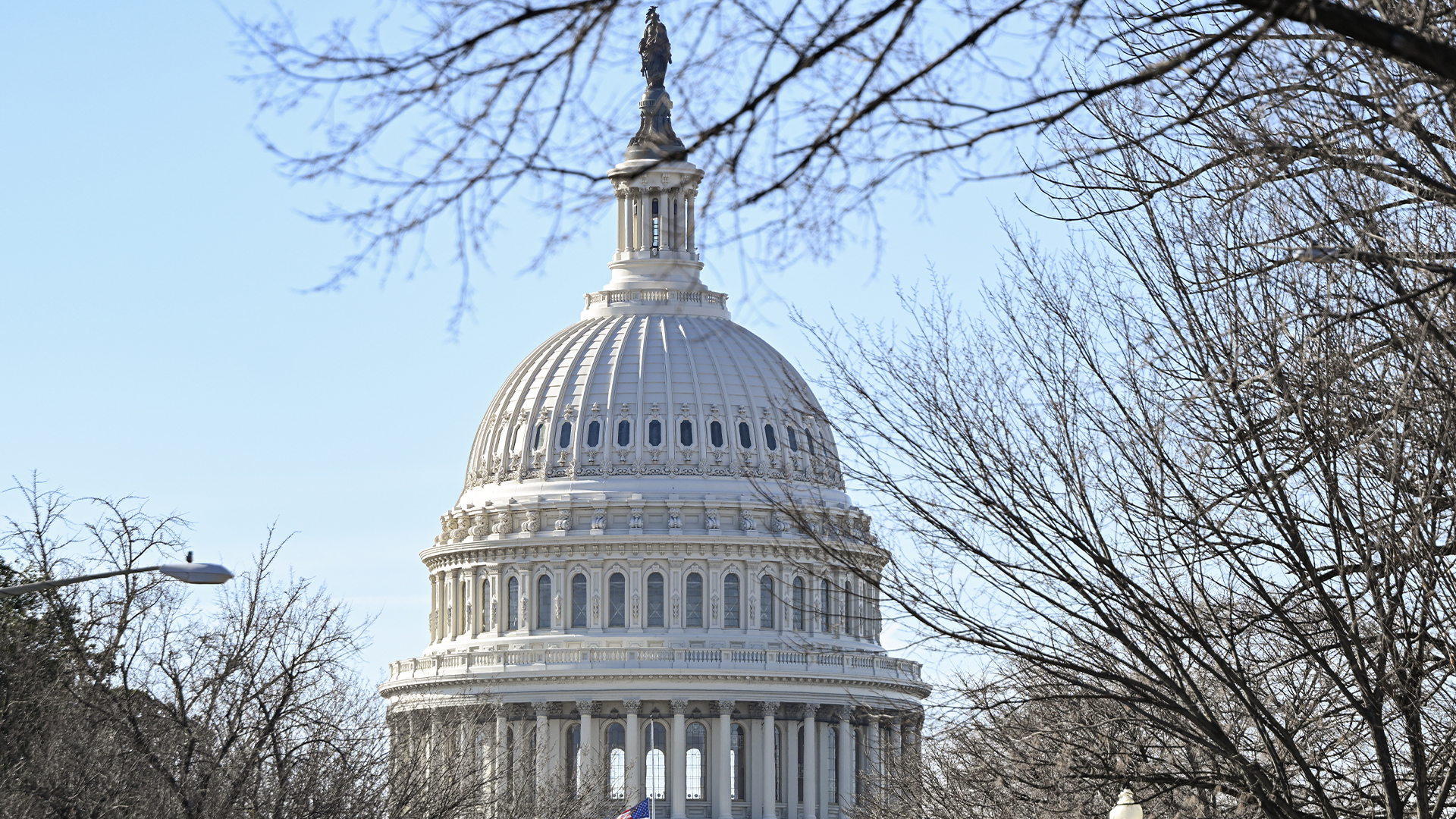 US government urged to overhaul outdated technology
US government urged to overhaul outdated technologyNews A review from the US Government Accountability Office (GAO) has found legacy technology and outdated IT systems are negatively impacting efficiency.
By George Fitzmaurice
-
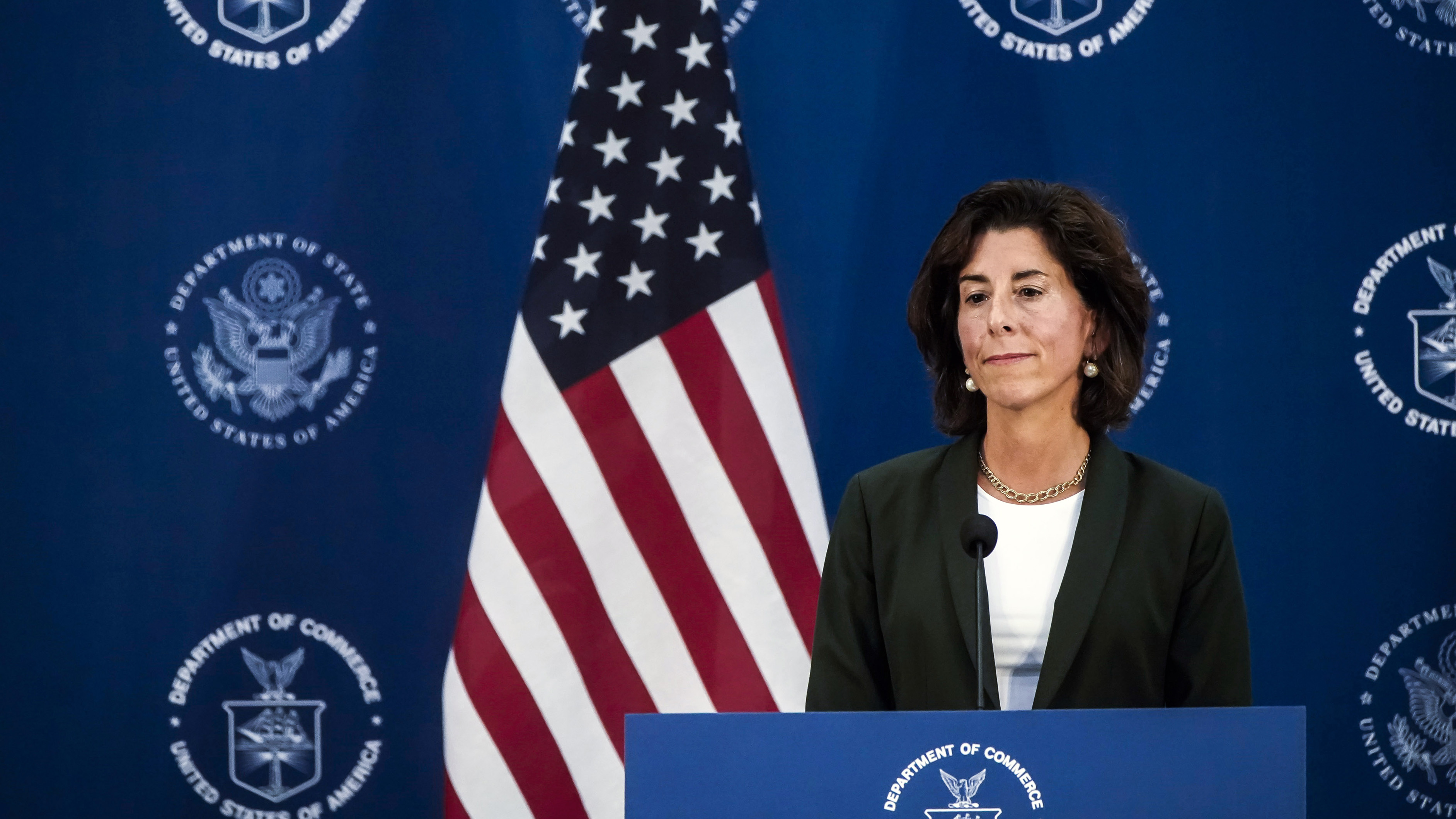 US proposes new ‘know-your-customer’ restrictions on cloud providers
US proposes new ‘know-your-customer’ restrictions on cloud providersNews The US aims to stifle Chinese AI competition with new restrictions on cloud providers to verify foreign data center users
By Solomon Klappholz
-
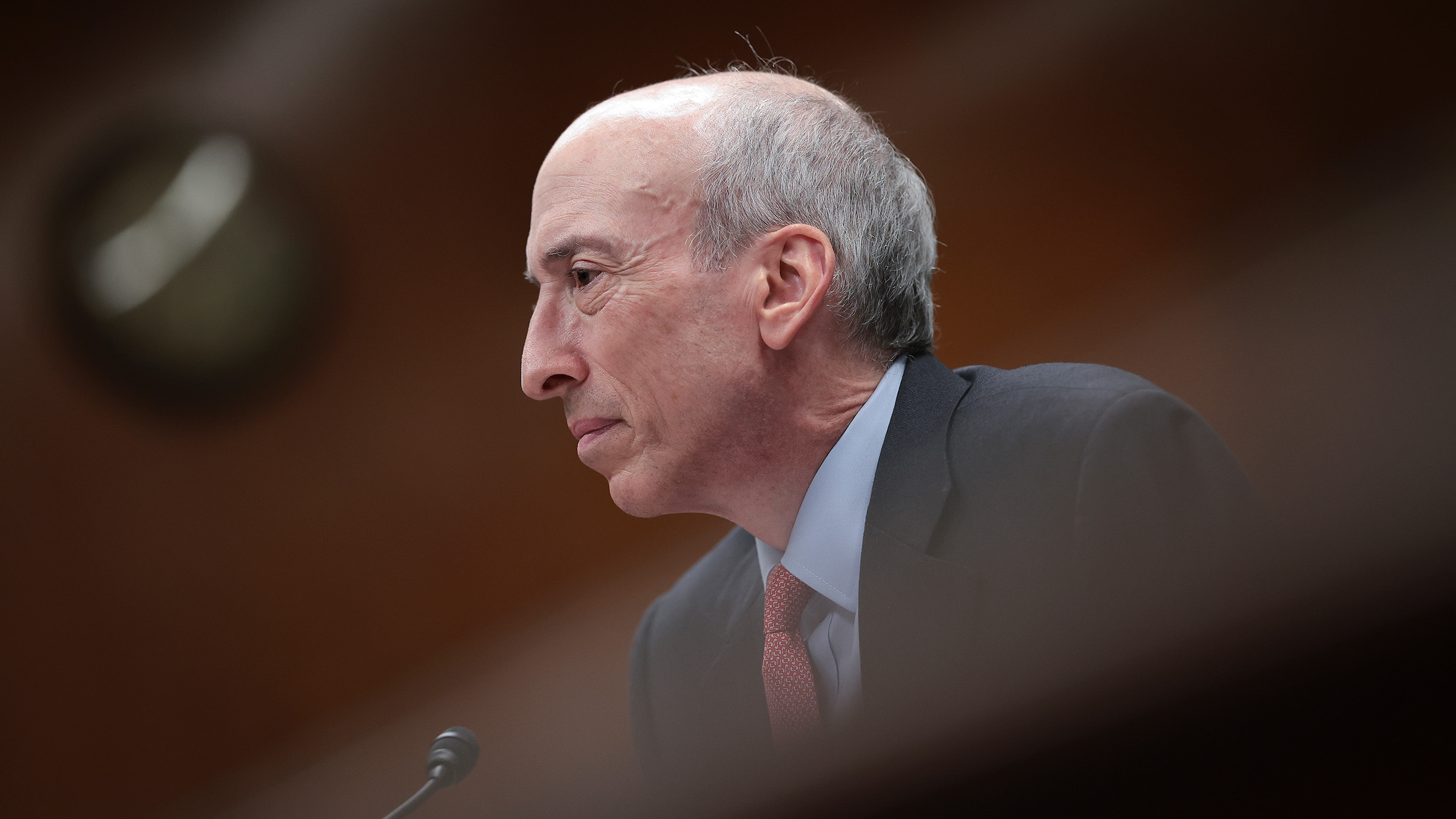 SEC passes rules compelling US public companies to report data breaches within four days
SEC passes rules compelling US public companies to report data breaches within four daysNews Foreign entities trading publicly in the US will also be held to comparative standards
By Rory Bathgate
-
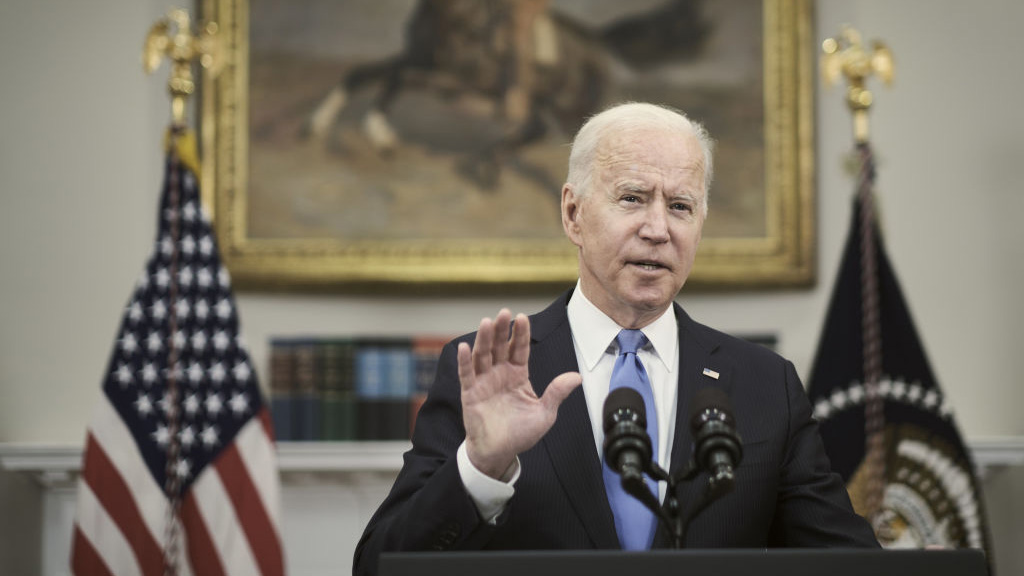 US says National Cybersecurity Strategy will focus on market resilience and private partnerships
US says National Cybersecurity Strategy will focus on market resilience and private partnershipsNews The recently announced implementation plans alow for more aggressive action against ransomware gangs
By Rory Bathgate
-
 US ‘Tech Hubs’ drive aims to boost innovation in American heartlands
US ‘Tech Hubs’ drive aims to boost innovation in American heartlandsNews The development of the hubs will could help drive regional innovation and support for tech companies
By Ross Kelly
-
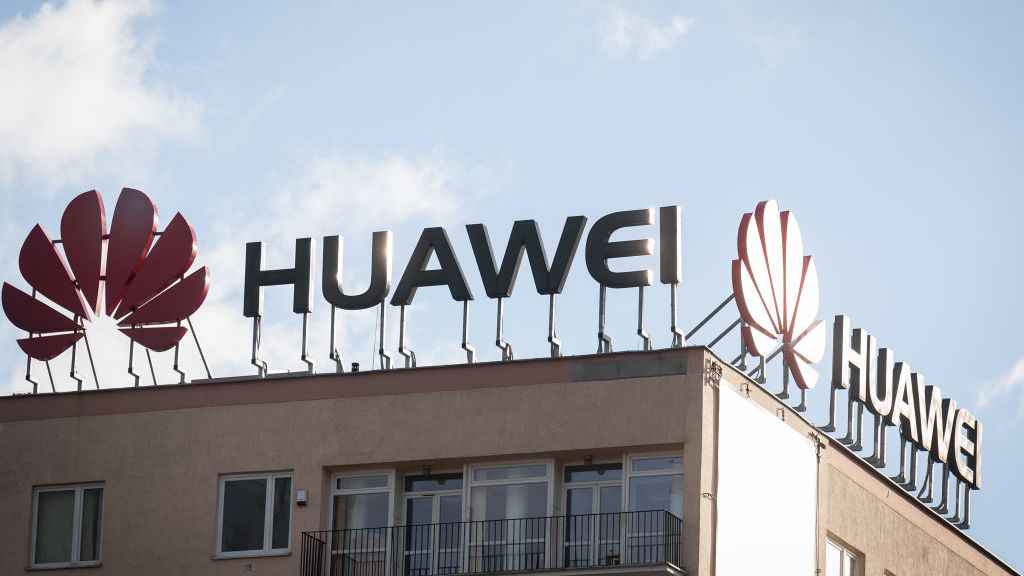 FCC eyes formal ban of all Huawei, ZTE equipment sales
FCC eyes formal ban of all Huawei, ZTE equipment salesNews Approaching the deadline to pass such a ruling, companies such as Kaspersky face similar restrictions
By Rory Bathgate
-
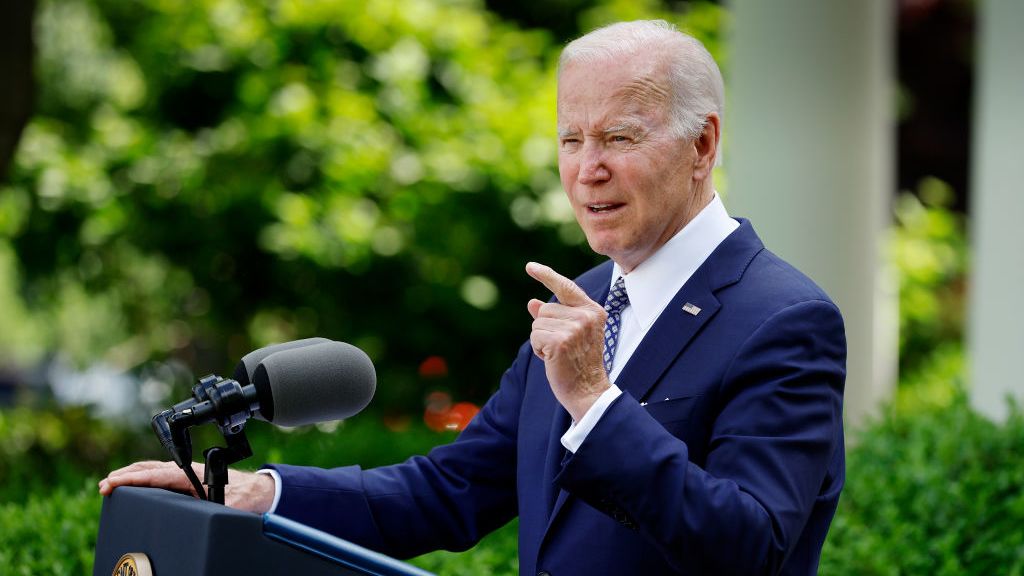 White House proposes fresh Bill of Rights to limit AI threats
White House proposes fresh Bill of Rights to limit AI threatsNews The Biden administration is hoping it will act as a guide for the development and use of AI that protects citizens from harms
By Zach Marzouk